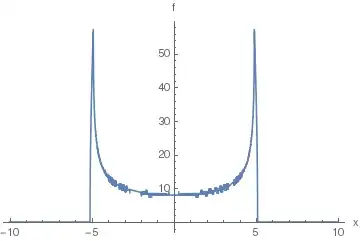I have read from a few sources that cylindrical waves propagate leaving a wake behind, differently from spherical and planar waves, which would propagate sharply, ‘cleanly’.
One example is this question and its comments. One reads:
“The wave equation may allow any shape wave front, but Huygens principle does not hold for any shape wave front. For example cylindrical waves do not propagate 'cleanly' without a wake whereas spherical waves and plane waves do.”
Another example is this article I found, although it is a little complex for my understanding and I may be missing something. It reads:
“By way of contrast, the cylindrically spreading pressure pulse depends on time t and the propagation delay, r/c, individually, which means that it does not retain the shape of the source signature as it propagates. Instead, after the propagation delay at time t = r/c, the pulse exhibits an extended tail, or wake, which decays to zero asymptotically as 1/t2.”
Considering they’re all 3-dimensional waves, I find it odd that cylindrically shaped waves would propagate differently from spherical or planar waves. What explains this? Are those comments accurate? Also, do they say the same thing or I’m misunderstanding?
I don’t understand complex math, so any simple answer would be appreciated. Thanks.





